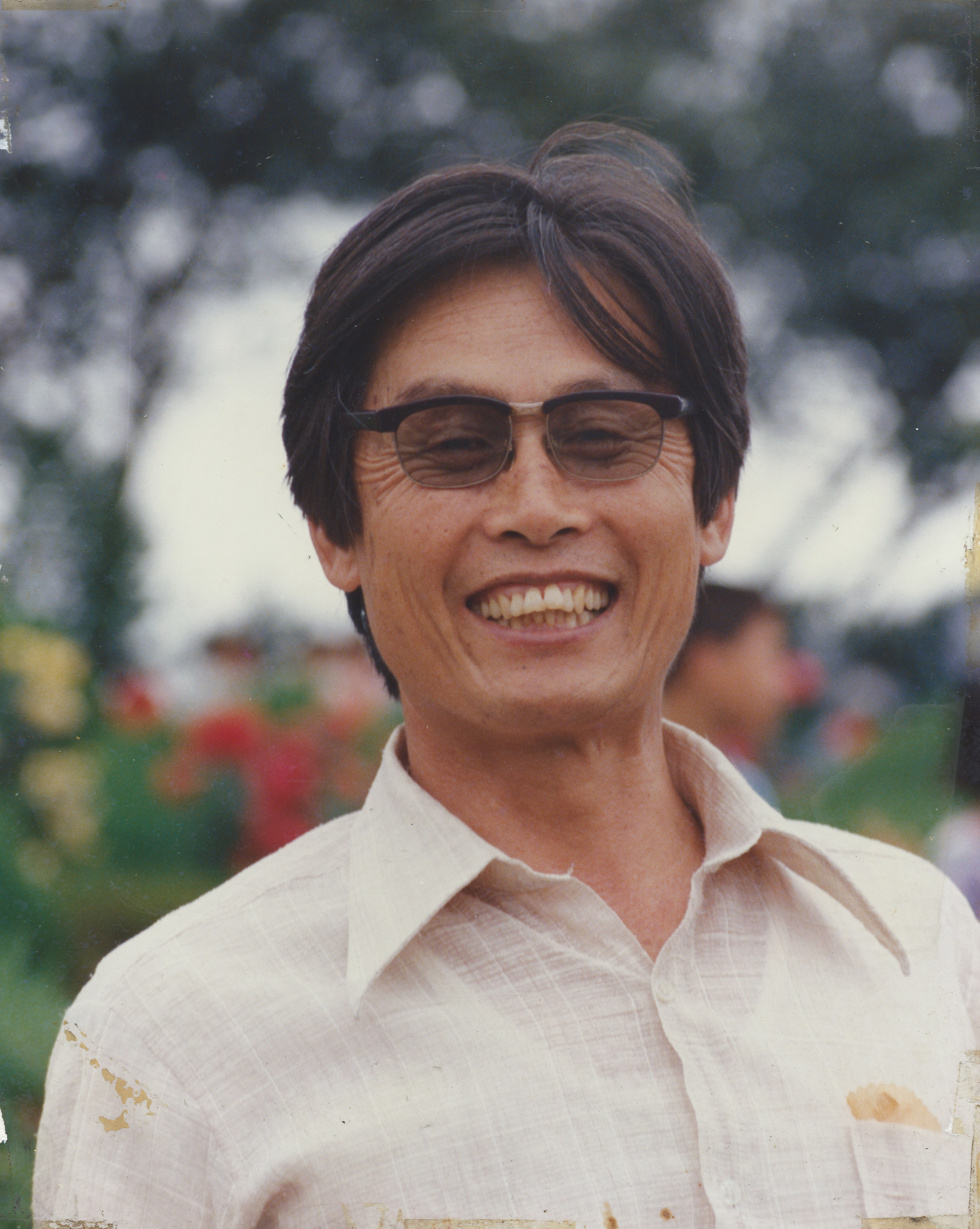반응형
San Bruno Mountain is a horst fault-block mountain located in northern San Mateo County, California; with northern slopes rising in southern San Francisco. It is surrounded by San Francisco Bay and the cities of Brisbane, Colma, Daly City, and South San Francisco. Topped by a four mile long ridge, trails along its summit afford expansive views of the San Francisco Bay Area. Radio Peak (elevation 1,319 feet or 402 meters) is the highest point, with several radio/TV broadcast towers, serving an area that would otherwise have poor service in the hilly Bay Area region. Much of the mountain lies within the 2,326-acre (941 ha) San Bruno Mountain State Park. Next to the state park is the 83-acre (34 ha) state San Bruno Mountain Ecological Reserve on the north slope. The distinct geology and weather of San Bruno Mountain set it apart from other California coastal areas. The mountain provides habitat for several species of rare and endangered plants (see below) and butterflies; the Callippe silverspot, Mission blue, and San Bruno elfin butterfly all inhabit this mountain and few other locations. The mountain is also a cradle for economically-useful plants; the low-growing Arctostaphylos uva-ursi "San Bruno Mountain Manzanita" has become an evergreen groundcover widely used in drought-resistant landscaping.
.
The southern border of San Francisco runs along the base of the northern hillside, while Daly City's original "top-of-the-hill" community at the westernmost point of the mountain was founded on John Daly's dairy farm by SF residents fleeing the 1906 quake. The postwar residential neighborhoods of Southern Hills and Bayshore encircle the north side of the mountain. The construction of these homes inspired Malvina Reynolds to write the song Little Boxes, which became a 1964 Billboard Hot 100 hit for singer Pete Seeger. The Bayshore neighborhood features the 1941 Cow Palace indoor arena, and faces a large bay-landfill. Reputedly, an exploratory gold mine exists on the mountain, above the Southern Hills. Brisbane is on an eastern prominence, while the residential portion of the community of South San Francisco borders the southeast. Almost two miles of the southern flank of the mountain is abutted by the many large urban cemeteries of Colma, many which were developed after the City and County of San Francisco evicted all burial grounds from the county in 1912. The 144-acre Guadalupe quarry on the south side of Guadalupe Canyon is presently owned and operated by American Rock and Asphalt, Inc., while the Crocker Industrial Park occupies much of the canyon floor. Radio towers occupy the highest (1,319 ft) peak, and may be accessed from the San Bruno County Park center, in the "saddle" between the north and south ridges. A series of historic maps and photos of the area[13] may be viewed at the website of the City of Brisbane.
.
The earliest Spanish explorers of the San Francisco peninsula found it occupied by Ramaytush-speaking Ohlone peoples. The Yelamu seasonal hamlet of Siplichiquin occupied the southeastern point of the mountain, sheltered from western breezes and facing an oyster-laden cove; the occupants covered their dead with the shells. Tested samples from the Siplichiquin shellmound indicate regular and continuous occupation from 3,200 BCE (contemporary with the earliest days of Ancient Egypt) through AD 1800. Another prehistoric shell midden (name unknown and now denominated SMA-299) is on the south flank of the mountain where Colma Creek entered the salt marshes that formerly lined San Francisco Bay (near present-day El Camino High School), presently considered an outlying hamlet of Urebure. The Portola expedition visited San Francisco Bay in 1769; Sergeant Ortega's party of scouts crossed Montara Mountain, reached the Golden Gate, and are considered the first Europeans to have seen San Bruno Mountain. In 1774 (prior to the expedition of Juan Bautista de Anza) Alta California governor Fernando Rivera y Moncada, Father Palóu and four soldiers climbed the mountain and watched the sun rise across the bay. The mountain was named in 1775 or 1776 by Bruno de Heceta to honor his patron saint, and Sierra de San Bruno appears on the land-map of Rancho Cañada de Guadalupe drawn by Jean Jacques Vioget (presently in the collections of the Bancroft Library, University of California, Berkeley) some time in the 1840s. That name was continued in use by the Geological Survey of California in 1865, which described the place as a short range extending from Sierra Point nearly to the Pacific Ocean.
.
+++




































































































반응형
'1. Dr. Sam Lee > 여행스케치' 카테고리의 다른 글
| 145. Camelback Mountain via Cholla Trail, Phoenix Arizona (0) | 2023.03.14 |
|---|---|
| 144. CALERA CREEK TRAIL, PACIFICA CALIFORNIA, LIBERTY CARDEN BY MIKE MOONEY & STANLEY (0) | 2023.03.11 |
| 004. 장주암 선생님의 San Francisco 안내 설명 4 (0) | 2023.02.25 |
| San Francisco의 Japan Town에 있는 '대도무문' (0) | 2023.02.25 |
| 003. 장주암 선생님의 San Francisco 안내 설명 3 (0) | 2023.02.24 |
